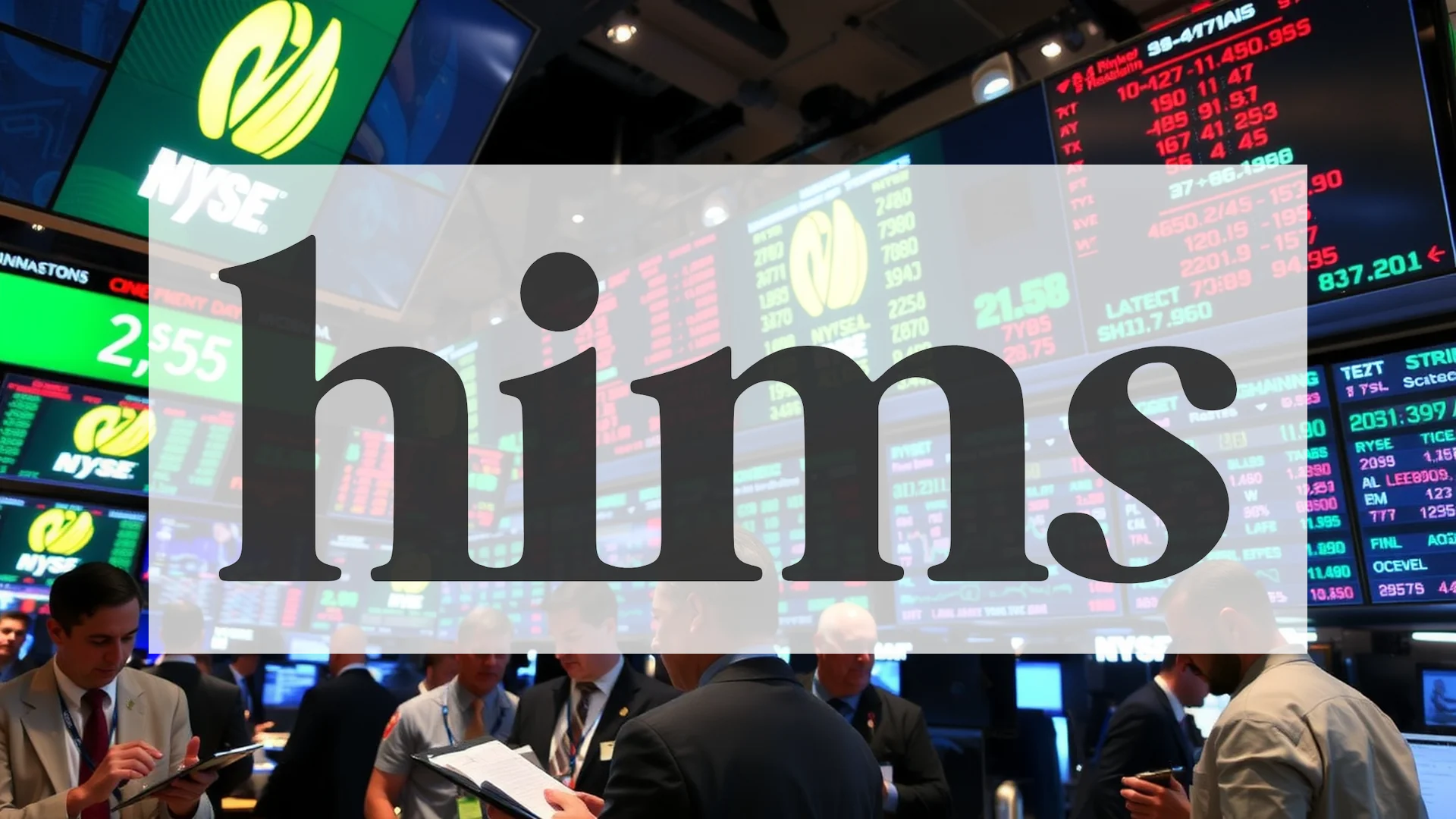The technology giant Apple may be approaching its most significant organizational change in over a decade, with reports indicating CEO Tim Cook could step down from his leadership role as early as 2026. This potential transition comes alongside substantial financial penalties and strategic adjustments across multiple business segments, raising questions about the company’s future direction.
Executive Leadership Timeline Accelerates
According to Financial Times sources, Apple has accelerated its search for Tim Cook’s successor. The current CEO, who recently celebrated his 65th birthday, might relinquish control in 2026—sooner than many market observers had anticipated. Industry analysts point to John Ternus, the Senior Vice President of Hardware Engineering, as the leading candidate. Having joined the corporation in 2001, Ternus has played pivotal roles in developing the Mac, iPad, and iPhone product lines. An official announcement regarding the leadership transition is expected following the quarterly earnings report scheduled for late January 2026.
Maintaining investor confidence through a smooth leadership handover remains crucial. During Cook’s nearly 15-year tenure, Apple has grown into one of the world’s most valuable companies. The potential selection of Ternus would emphasize continuity, placing a product specialist at the helm consistent with Apple’s core identity.
Legal Setback: Major Patent Penalty
Adding to the day’s developments, a U.S. jury ordered Apple to pay $634 million to medical technology firm Masimo for patent infringements related to blood oxygen monitoring technology in the Apple Watch. Although Apple immediately announced plans to appeal the decision, this case underscores the legal vulnerabilities facing the company in the competitive health technology sector. Future legal battles or licensing agreements could potentially slow innovation in wearable device features.
Product Strategy Overhaul
Beyond leadership and legal challenges, Apple is preparing significant modifications to its iPhone launch strategy starting in 2026. Rather than introducing all models simultaneously in autumn, premium versions will debut in fall with base models following in spring. This revised approach aims to distribute revenue more evenly throughout the year, alleviate supply chain pressures, and reduce the intense focus on the annual fall keynote event.
Should investors sell immediately? Or is it worth buying Apple?
Industry watchers also anticipate Apple’s first foldable iPhone in autumn 2026, representing a direct competitive response to Samsung and other manufacturers in this growing product category.
The company is simultaneously adjusting its services strategy, with the ten-year $2.5 billion Major League Soccer partnership now concluding in 2029—three and a half years ahead of the original schedule. Apple and MLS have agreed to revised payment terms that provide the league with increased short-term revenue.
Cautious AI Approach and Privacy Enhancements
While competitors race forward with artificial intelligence advancements, Apple maintains a measured stance. On November 17, the company implemented stricter App Store guidelines requiring developers to obtain explicit user consent before sharing data with third-party AI services. This policy reinforces Apple’s commitment to user privacy while simultaneously revealing its deliberate pace in the competitive AI landscape.
The coming months will determine whether Apple can successfully navigate this period of potential leadership transition, strategic realignment, and technological evolution. The quarterly report in late January 2026 may provide initial insights, potentially offering clarity about the company’s future leadership structure.
Ad
Apple Stock: Buy or Sell?! New Apple Analysis from November 18 delivers the answer:
The latest Apple figures speak for themselves: Urgent action needed for Apple investors. Is it worth buying or should you sell? Find out what to do now in the current free analysis from November 18.
Apple: Buy or sell? Read more here...










